
Despite extensive testing a cause of illness has not been revealed.

Despite extensive testing a cause of illness has not been revealed.

Dr. Gregory Grauer discusses what causes this abnormal result, including a new culprit that pet owners may be giving as a treat.

Affected product distributed nationwide through Target retail stores.

Draft compliance policy guide available for review and comment through Nov. 9.
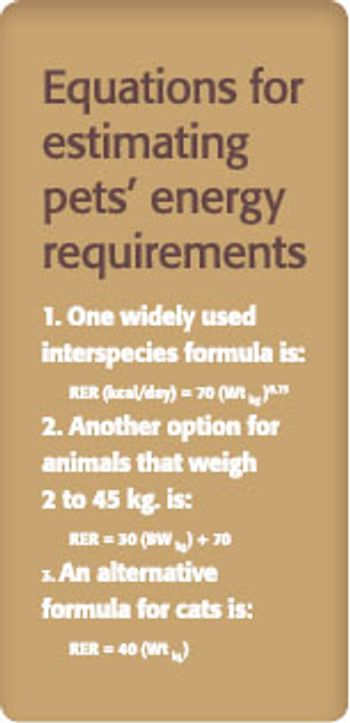
Every hospitalized pet needs a nutritional assessment. Establishing realistic feeding goals is an important part of patient care to enhance the likelihood of a positive outcome.

Dr. Laura Smallwood has advice on the importance of nutritional intervention and how to get clients on-board.
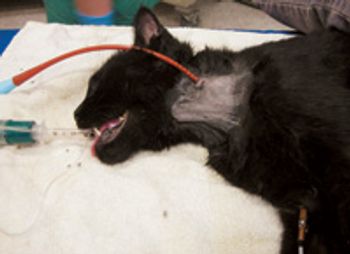
Check out this overview of feeding tubes to provide enteral nutrition.

All ill animals must receive adequate calories-here's how to make sure this happens.

Walmart announced today that it's expanding its dog food line to include a new premium dry dog food, Pure Balance.

These conditions are becoming more prevalent in veterinary medicine and require increased vigilance and research.
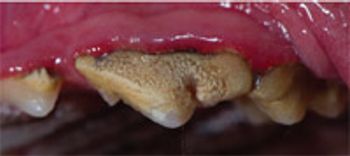
Veterinary dentist Dr. Jan Bellows answers common questions about dental care in pets.
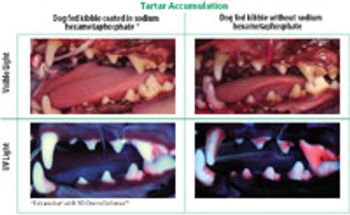
Strategies for addressing the large population of pets with dental disease that go unnoticed by their owners.
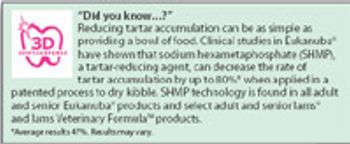
Veterinary dentist Dr. Jan Bellows answers common questions about dental care in pets.
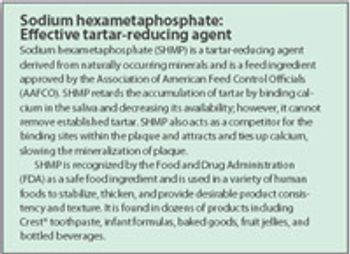
Strategies for addressing the large population of pets with dental disease that go unnoticed by their owners.

Some of these foods may even be tempting to pets' human counterparts. Maybe.
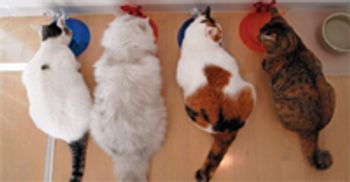
Examining the effects of water content on food intake, energy intake, and body weight and composition in cats.

This on-demand course offers an in-depth explanation of why and how to balance an equine diet based on the 2007 National Research Council recommendations. AAVSB RACE approved. (90 CE hours)
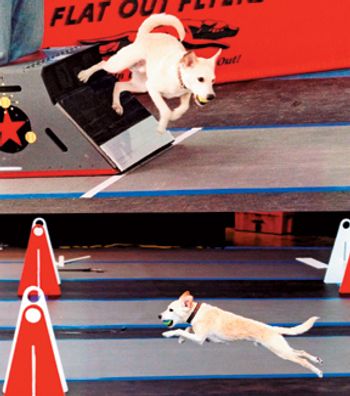
The right conditioning based on the activity dogs participate in can prolong healthy participation in canine sports.


2012 Nestlé Purina Veterinary Symposium on companion animal medicine: Table of Contents (Sponsored by Nestlé Purina)

Obesity is a growing problem in cats worldwide, but, in Western societies, the incidence of excess weight and obesity in cats is reaching truly worrisome numbers.

Delivering a nutrition message at every appointment is crucial.

Logan, Utah - An agricultural researcher is investigating new pasture-management strategies to treat various conditions of livestock.

You and your clients can really benefit from this advice.

Q&A: How do I broach a pet's weight problem with veterinary clients.